I’ll preface this by saying I’m not a camouflage expert, and I’m sure the PhD’s are going to rip this apart. The point of this post is to demonstrate how color is a contributing factor in detection, within the context of Tactical Assault Climbing. The images in this post are not touched up, Photoshopped or altered in any way other than being cropped and zoomed.
When I think of TCCC, I think of how the military critically looked at the way it was teaching its medics to treat casualties. What they realized was that they were teaching them to be civilian paramedics but then expecting them to treat very different casualty types in very different environments than that of civilian paramedics. The change was desperately needed and has since proven very effective, customizing medical treatment to combat injury patterns and battlefield environment. The same is very true for climbing. The old way was to teach recreational climbing, with recreational equipment to soldiers. We’ve come a long way, and the GREEN Kit is a significant contributor to that progress.
Below are a series of photos that depict military style assault climbing. You’ll see that your eye is immediately drawn to the contrasting color, no matter how small. Red’s and blues are the most unnatural in the demonstrated environment and therefore should catch your eye first. Zoomed in, you’ll see how a simple red sling can make a huge difference.
Click on the image to see it in full resolution, then click the ‘Back’ button to return to the post.

Note how the red catches your eye, even when the image resolution has been reduced to fit on this page.
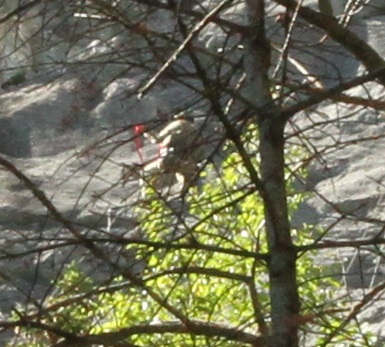
This is a close up of the first image. You can see how the red sling contributes significantly to position compromise.
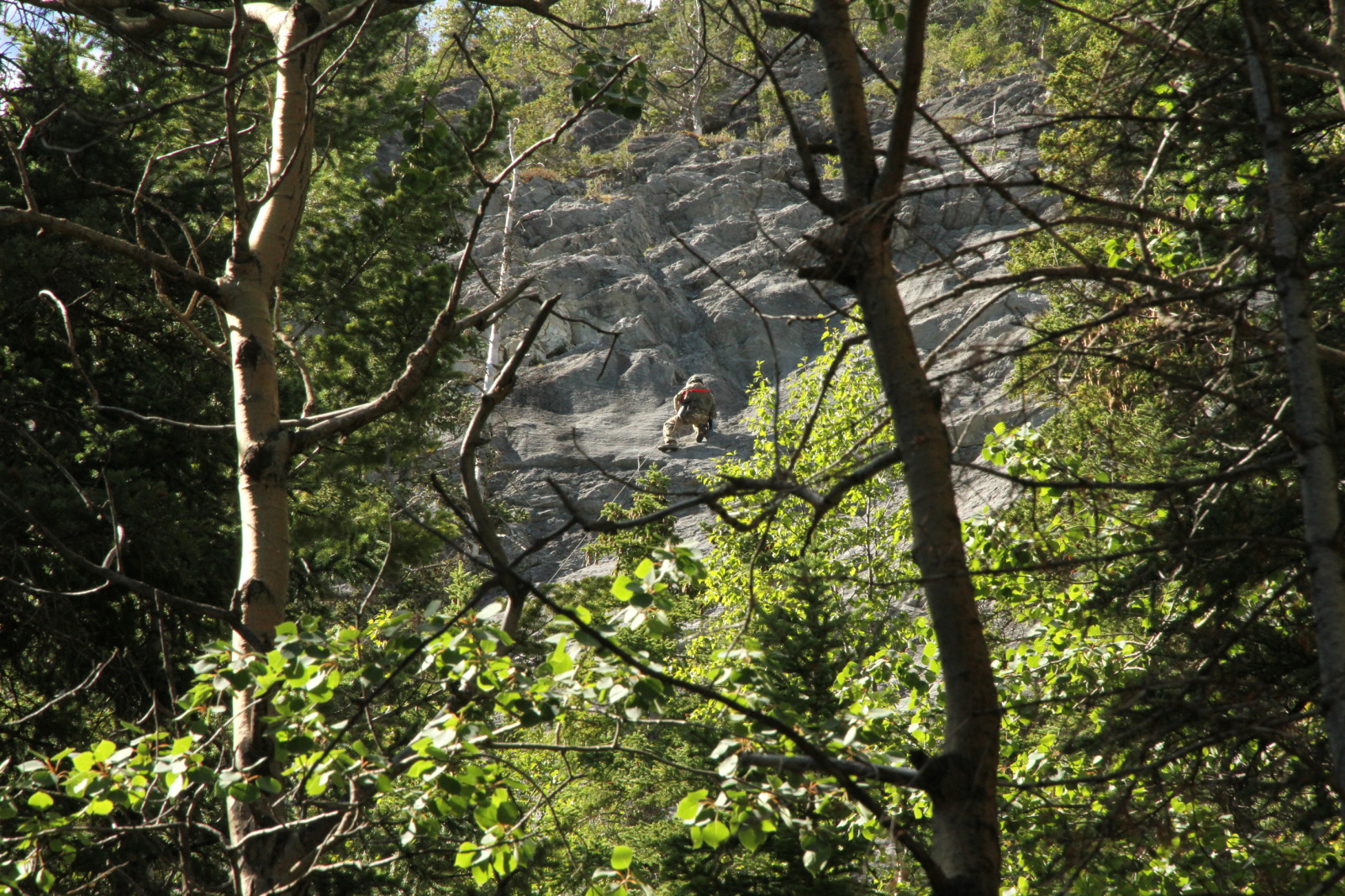
This image is not enhanced and you can see just how bright a colored sling can be when hit by the right light.
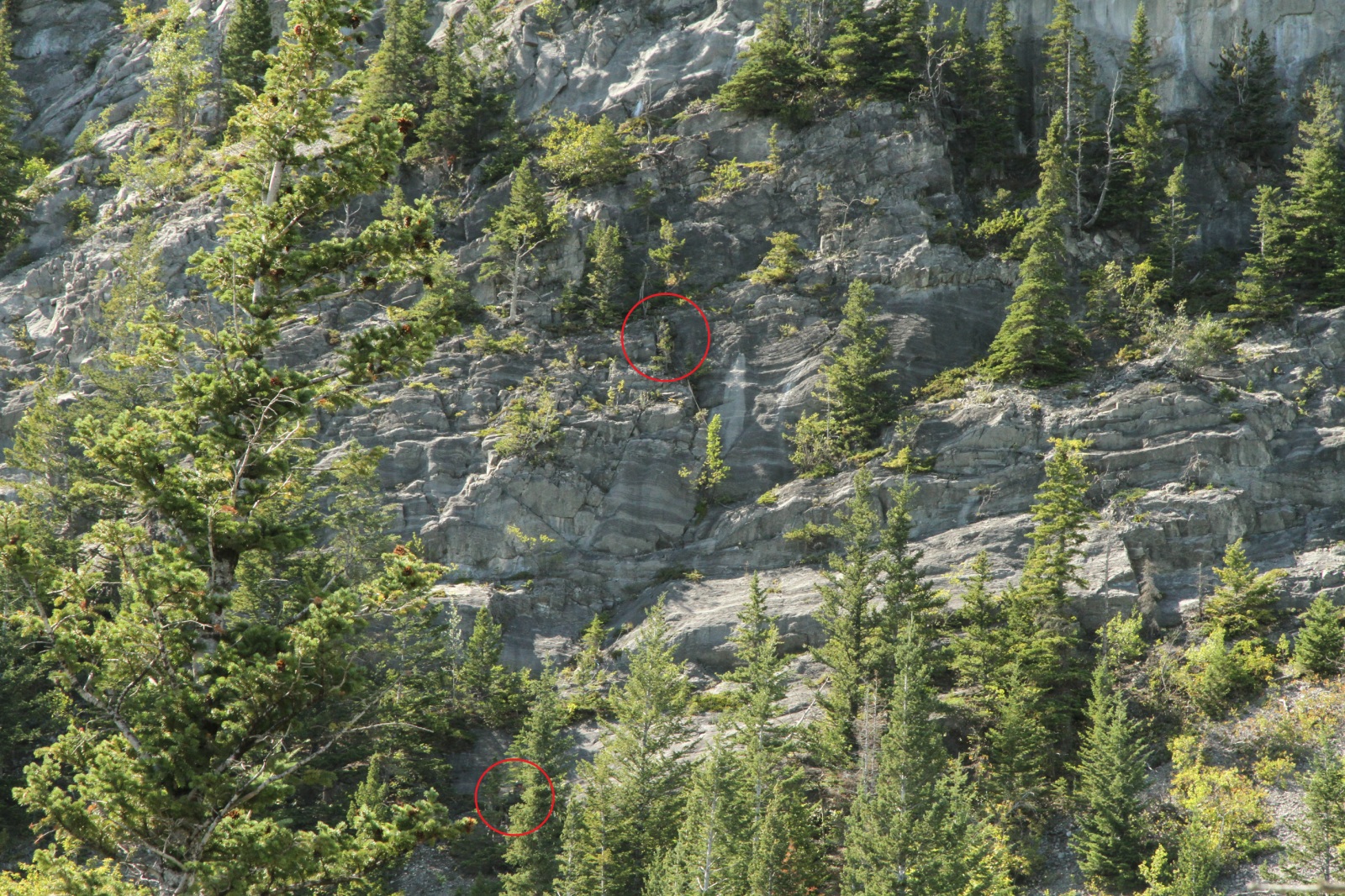
In this image, they are doing it right! Good use of camouflage for the belay with not apparent color contrasts other than the rope itself.
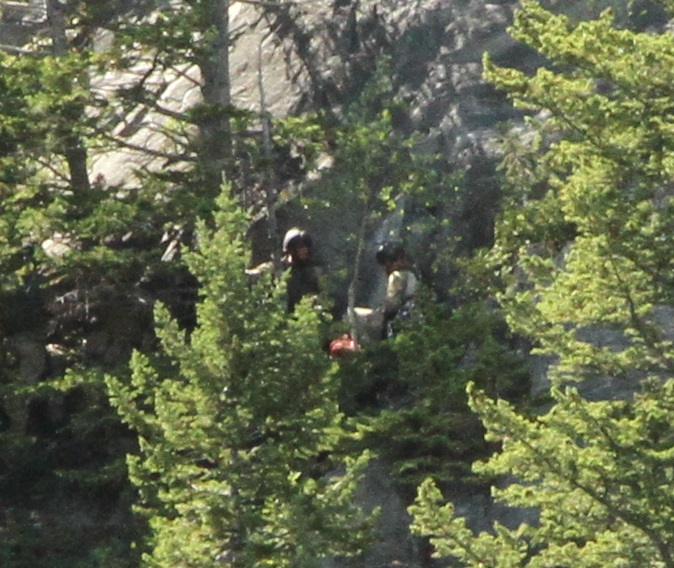
A close up reveals an orange stacked rope. You can see how when bright colored objects are grounded together, they look even brighter. The rope is much more of a compromised stacked, then run out up a route.
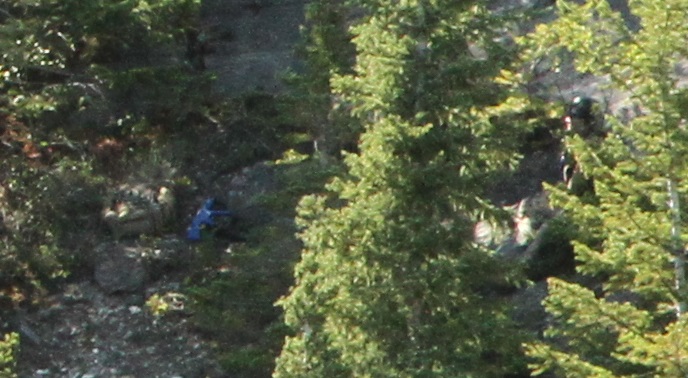
Blue is a very unnatural color here and will catch the eye very easily. Here we see a training blue gun.
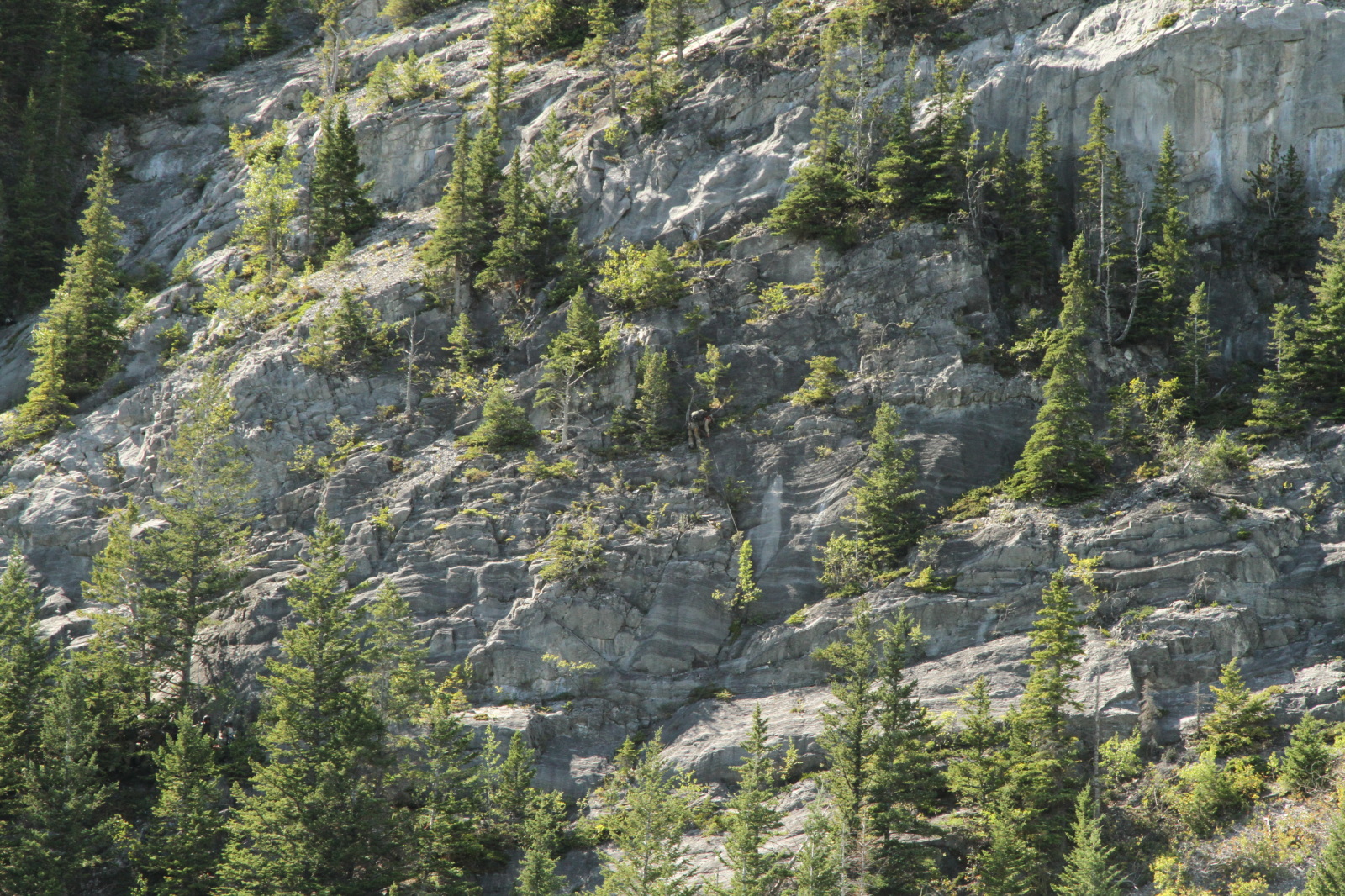
Though the shape of this climber is part of the compromise, you’ll notice the orange sling on his shoulder, and though maybe not immediately noticeable, the yellow sling hanging off his harness.
Hopefully that adequately demonstrated the importance of color in selecting equipment for use in a tactical environment.

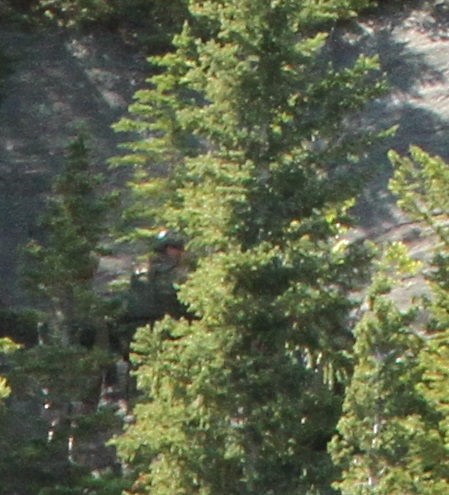
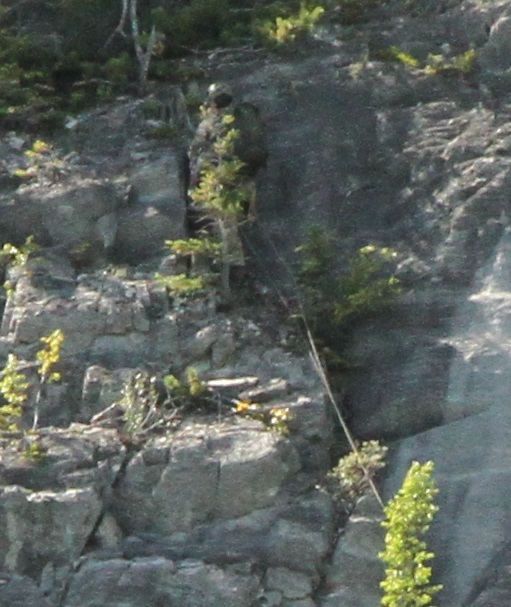

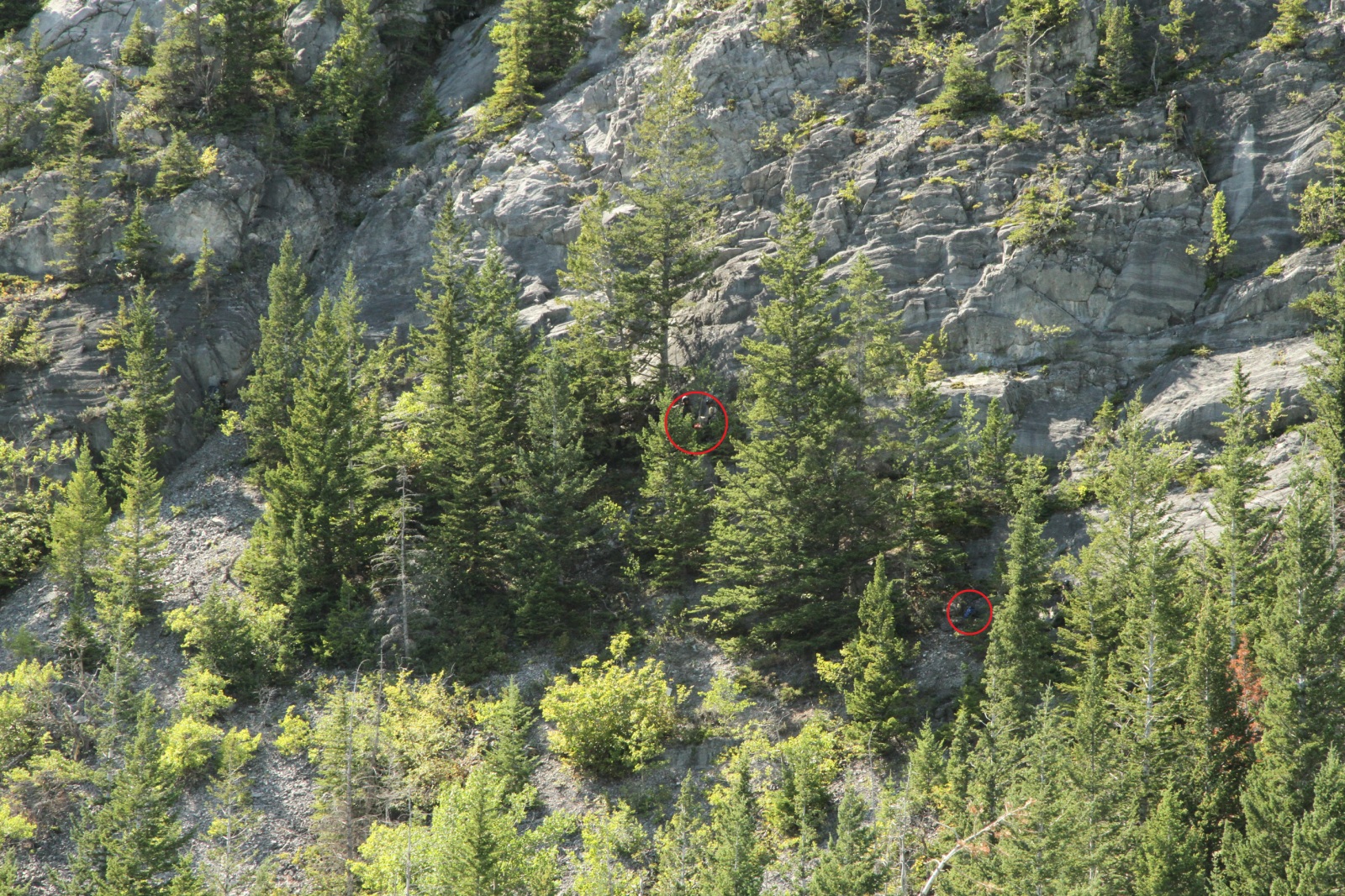
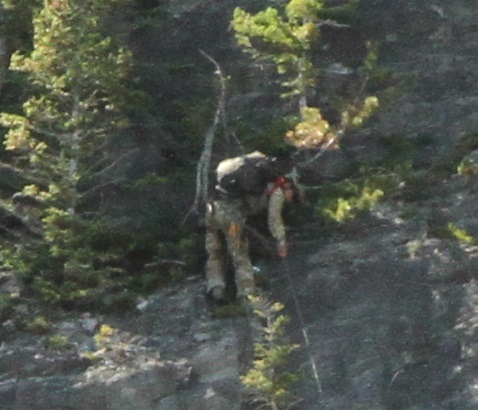
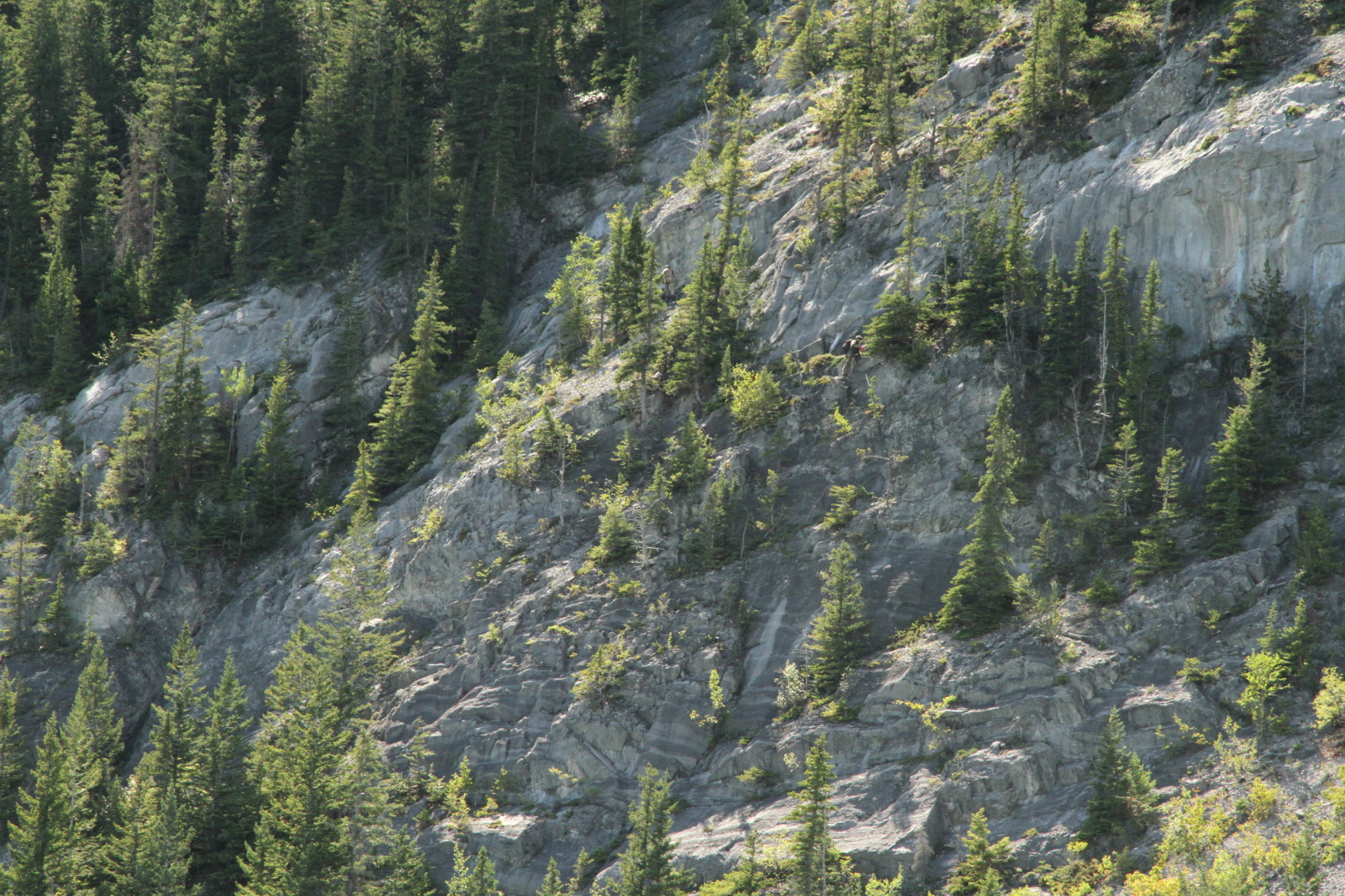
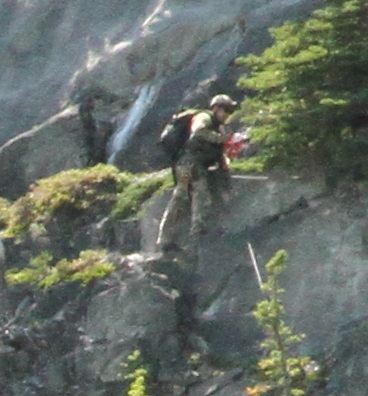
February 6, 2013 at 23:01
Think my favourite camo-not-the-camo colour is Coyote. Evidently, the colour Coyote was chosen by the USMC because this colour can be found in over 78% of our planets eco-systems. Coyote is supposed to be a blend of brown and green. Works for Uncle Sam’s Misguided Children, works for me